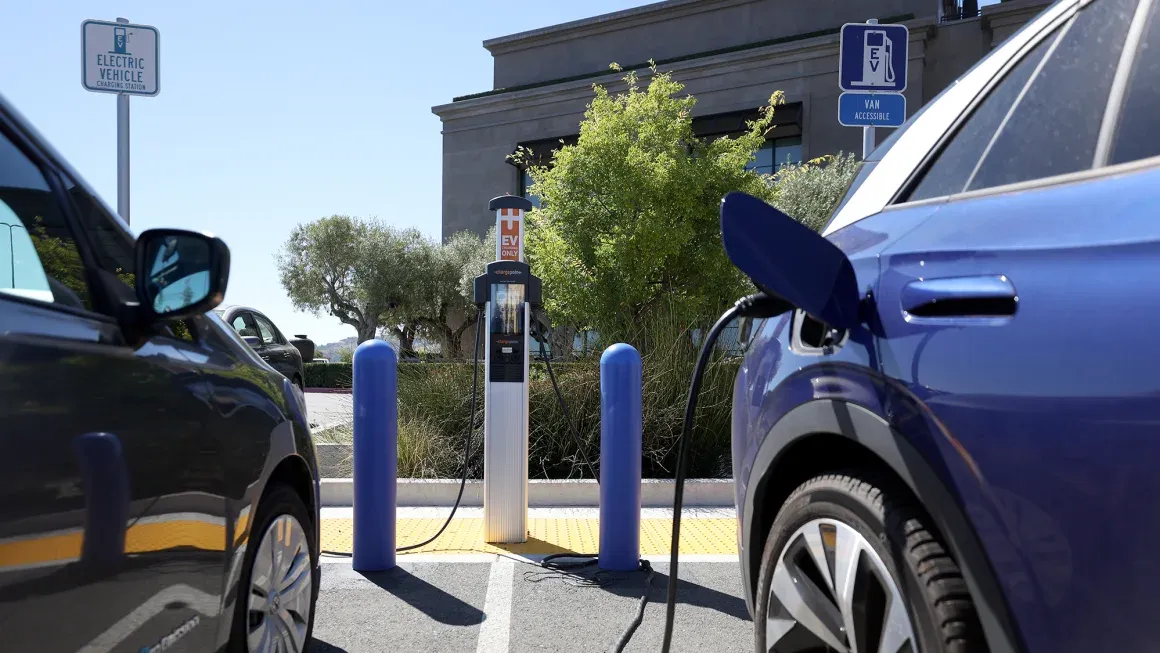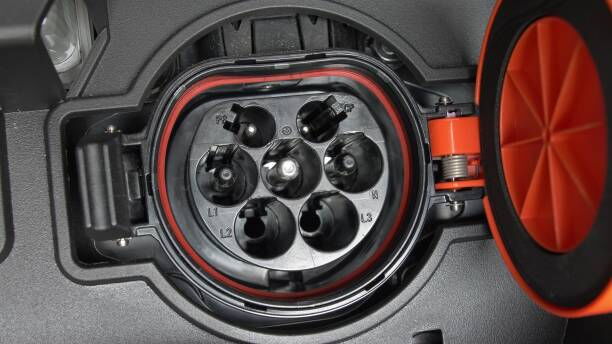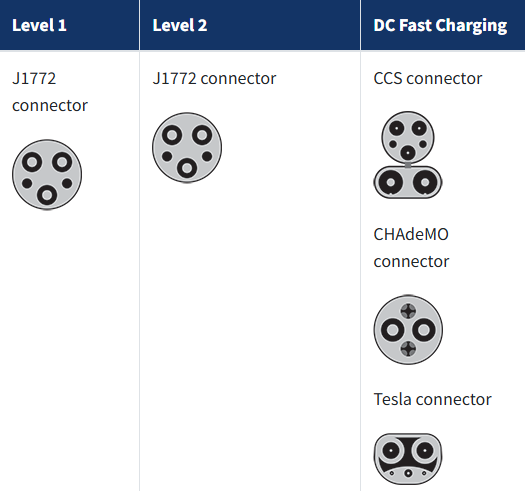The transition to electric vehicles (EVs) has revolutionized the automotive industry, and one key component supporting this shift is the J1772 charging standard. As a widely adopted charging connector in North America, J1772 ensures safe and efficient charging for most electric vehicles on the road today. But how fast does a J1772 charge an EV? This article breaks down the different charging levels, factors affecting charging speeds, and the best use cases for J1772.

J1772, also known as SAE J1772, is a standardized EV charging connector developed by the Society of Automotive Engineers (SAE). This connector has become the industry standard for Level 1 and Level 2 AC charging in North America, ensuring compatibility across a wide range of electric vehicles.
A J1772 charging connector consists of five key pins:
- L1 (Phase 1) & L2 (Phase 2): Supply power to the vehicle.
- L1/N (Neutral): Used in single-phase applications.
- Protective Earth (PE): Provides grounding for safety.
- Control Pilot (CP): Facilitates communication between the charger and the vehicle, ensuring safe and regulated charging.
This universal standard enables EV owners to charge at home, workplaces, and public stations without worrying about compatibility issues.

J1772 connectors support two primary levels of AC charging: Level 1 and Level 2. Additionally, while J1772 itself does not support DC fast charging, some EVs use adapters for faster charging.
- Voltage: 120V AC
- Charging Speed: 3-5 miles of range per hour
- Charging Time: 40-50+ hours for a full battery electric vehicle (BEV) charge, 5-6 hours for a plug-in hybrid electric vehicle (PHEV)
Level 1 charging is the most basic form of EV charging, using a standard household outlet. While it is convenient and requires no special installation, its slow charging speed makes it best suited for overnight charging of PHEVs or emergency use for BEVs.
- Voltage: 208V-240V AC
- Charging Speed: 10-60 miles of range per hour
- Charging Time: 4-10 hours for a BEV, 1-2 hours for a PHEV
Level 2 charging is the most popular choice for home and public charging stations. It provides significantly faster charging than Level 1, making it ideal for daily charging at home or workplace locations.
While J1772 connectors themselves do not support DC fast charging, many EVs that use J1772 for Level 1 and Level 2 charging also come equipped with CCS (Combined Charging System) ports that enable DC fast charging.
- Voltage: 400V-900V DC
- Charging Speed: 3-20 miles of range per minute
- Charging Time: 20 minutes to 1 hour for 80% charge
DC fast chargers are installed along highways and heavy-traffic corridors to facilitate long-distance travel. However, most plug-in hybrid EVs (PHEVs) do not support DC fast charging.

Several factors influence how fast a J1772 charger can replenish an EV battery:
- Charger Power Output: A Level 2 charger’s power output typically ranges from 3.3 kW to 19.2 kW. Higher-powered chargers will deliver faster charging speeds.
- EV Battery Capacity: Larger battery packs take longer to charge, while smaller ones, such as those in PHEVs, charge more quickly.
- Onboard Charger Limitations: The vehicle’s onboard charger dictates how much power it can accept. If an EV can only handle 7.2 kW, it won’t benefit from a 19.2 kW charger.
- State of Charge (SoC): Charging slows down as the battery reaches higher levels of charge, especially after 80%.
- Temperature Conditions: Extreme hot or cold temperatures can impact charging efficiency and slow down the process.
- Electrical Infrastructure: The quality of the electrical supply, including voltage fluctuations and circuit limitations, can also affect charging speed.
While J1772 is not a fast-charging standard, it remains a practical and widely used option for many EV owners. Here are some of the best scenarios where J1772 charging excels:
For EV owners, having a Level 2 J1772 charger at home is a game-changer. It allows for overnight charging, ensuring a full battery each morning. Given that the average daily driving distance is under 40 miles, Level 2 home charging is more than sufficient for most drivers.
Many businesses and office complexes install Level 2 J1772 chargers, allowing employees to charge their vehicles while at work. This setup is beneficial for those with longer commutes or limited home charging options.
J1772-equipped Level 2 chargers are common in public locations such as shopping centers, parking garages, and hotels. These stations are ideal for topping up an EV while running errands or dining out.
Installing a Level 2 J1772 charger at home is significantly more affordable than setting up a DC fast charger. It provides a balance between cost, convenience, and charging speed.
If you're considering installing a J1772 charging station at home or work, follow these best practices to ensure safety and efficiency:
- Install the charger in a place that is easily accessible and close to where you park your EV.
- Consider weather protection if installing outdoors.
- Ensure your home's electrical panel can support a Level 2 charger (typically requires a 40-amp or higher circuit).
- If needed, upgrade your electrical service to handle increased power demand.
- A certified electrician should handle the installation to comply with local electrical codes and safety standards.
- If you plan to upgrade to a higher-powered EV in the future, consider installing a higher-capacity charger now.
- Periodically inspect the charger for wear and tear.
- Keep the charging cable clean and properly stored to prevent damage.
The J1772 charging standard remains a cornerstone of EV charging infrastructure, offering reliable Level 1 and Level 2 charging for most electric vehicles. While it does not provide the ultra-fast speeds of DC fast chargers, its affordability, accessibility, and compatibility make it the preferred choice for home and public charging.
For most EV owners, a J1772 Level 2 charger is the best balance between charging speed, cost, and convenience. Whether you're charging overnight at home, topping up at work, or using a public charging station, J1772 ensures that your EV stays powered up for everyday driving needs.
By understanding the charging speeds, factors affecting performance, and best use cases for J1772, EV owners can make informed decisions about their charging setup and optimize their electric driving experience.
